Earlier this year, VMware brought a dramatic chance to their virtualization platform with vSphere 7. Now its time to bring in bug fixes as well as usher in new features with the U1 update. This post will focus on changes coming to the vSAN software. This software was designed with enhancements in 4 key areas:
- Deliver a developer ready architecture
- Increased scalability
- Simplify day to day operations
- Extend File Services
Developer Ready Architecture
Building on an already powerful Kubernetes offering with Tanzu, VMware has enhanced VSANs ability to work with containers and stateful cloud native applications thought the use of a Data Persistence platform (DPp). This service provides the proper framework required for integrating stateful apps into vSAN. By utilizing this framework, applications can assume the resilience responsibilities, cutting down on the overhead required by VSAN and allowing the applications to consume storage that would be equal to VMFS & RDMS.
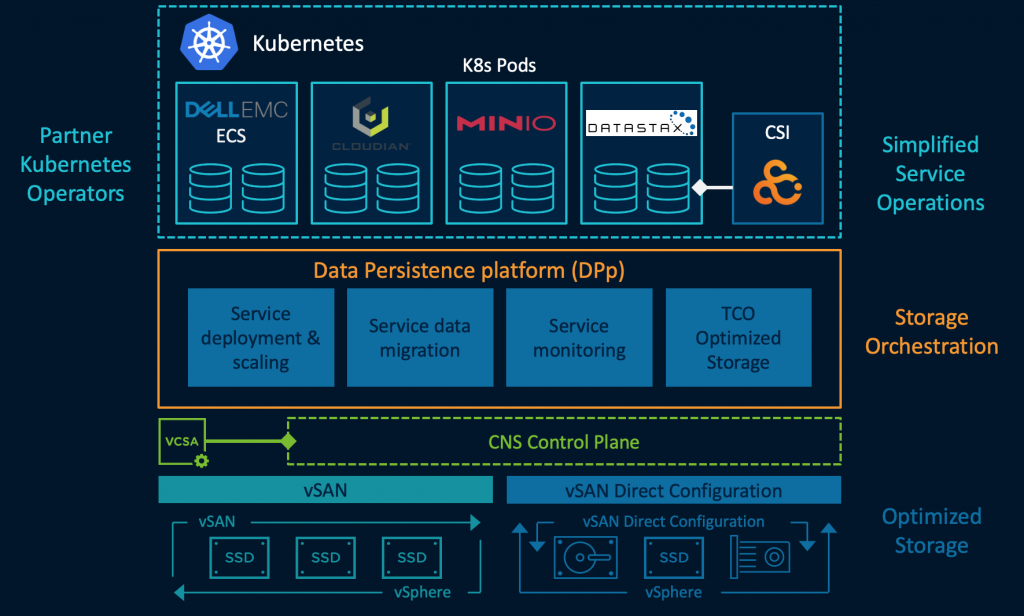
Increased scalability
One of the biggest issues I’ve had with vSAN storage was that it was only dedicated to the same compute cluster. This meant that things had to be incredibly right sized. Otherwise, you had a lot of wasted space or had to add extra compute just to add storage. This is where HCI Mesh comes into play. Now you can share empty storage from one vSAN cluster with another cluster and make efficient use of the space. Other enhancements have come in the form of customization settings for DD&C. Now you can turn of the deduplication service in clusters that run workloads that wouldn’t benefit from it. This frees up compute cycles that would otherwise just be wasted. This setting also has the benefit of not taking out the entire disk group if a single disk fails.
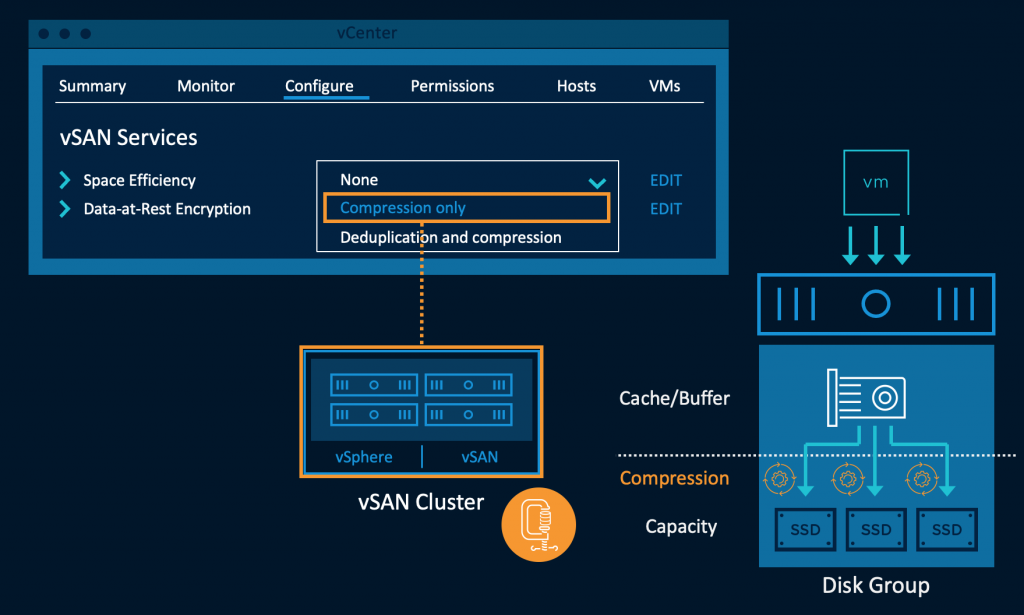
Capacity management has also improved with more details being displayed about the cluster consumption. Now users can get a more accurate depiction of just what is using up the space and can plan accordingly. Increased efficiency also came to large clusters where the amount of reserved overhead space actually reduces as more nodes are added. On the flip side, for smaller 2 node clusters, a single vSAN Witness can handle up to 64 2-node clusters (instead of requiring one per cluster). This is great news for companies adopting vSAN for both their core datacenters as well as smaller remote sites. And finally, VMware brings an overall performance increase to vSAN services, especially those utilizing erasure coding for increased capacity efficacy over a mirrored storage policy.
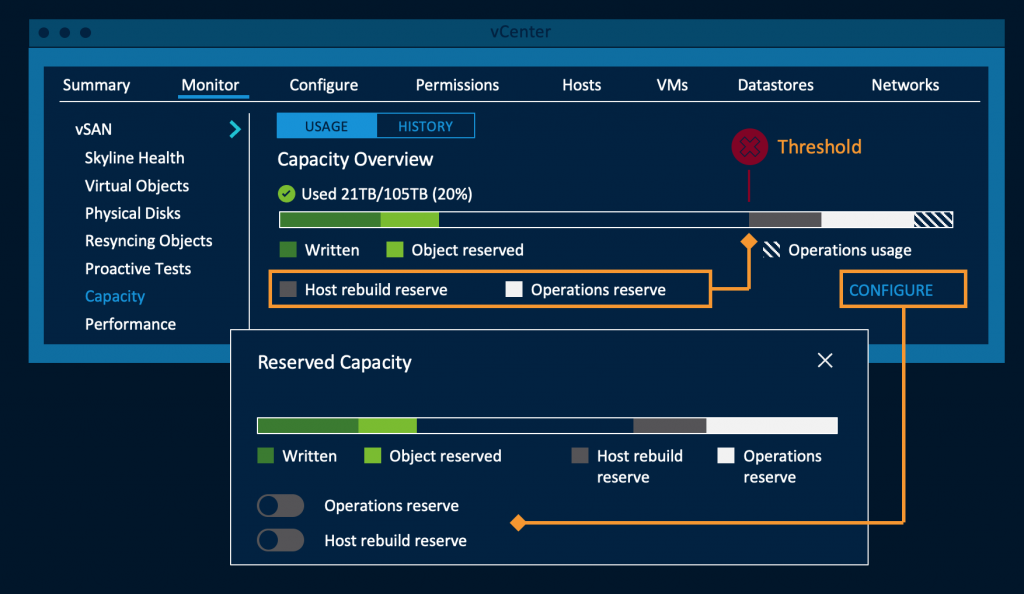
Simplify Day to Day Operations
One of the other big issues with vSAN has been maintenance. Effectively faulting the system if you want to put a host into maintenance mode right away (or wait a while for data to be evacuated). Now enhancements have been put in place to help get the last writes done quicker and the hosts in and out of maintenance mode even faster. The in-memory metadata tables are now being written down to cache in a “Save and Restore” method to allow hosts to reboot and come back into service faster, which allows for a quicker rolling reboot upgrade scenario.
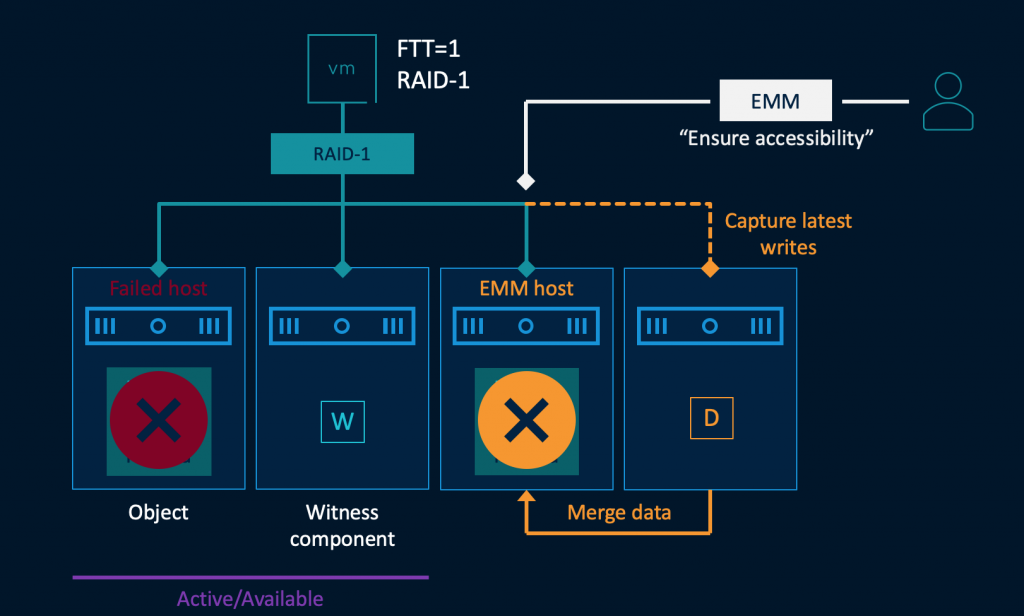
Extend File Services
The biggest, and probably best, enhancement that comes to file services is the support of SMB. Especially in smaller sites that need file services, a single VSAN cluster can now replace all the specialized storage services that normally needed a stand-alone array. With support for both NFS and SMB, multiprotocol is now being offered and these can be shared back into applications.

Final Thoughts
These are all welcome changes and enhancements to VSAN and address a lot of things users have been bringing up for a while now. Hopefully with the release of U1, users will now start upgrading from 6.7 sooner rather than later.





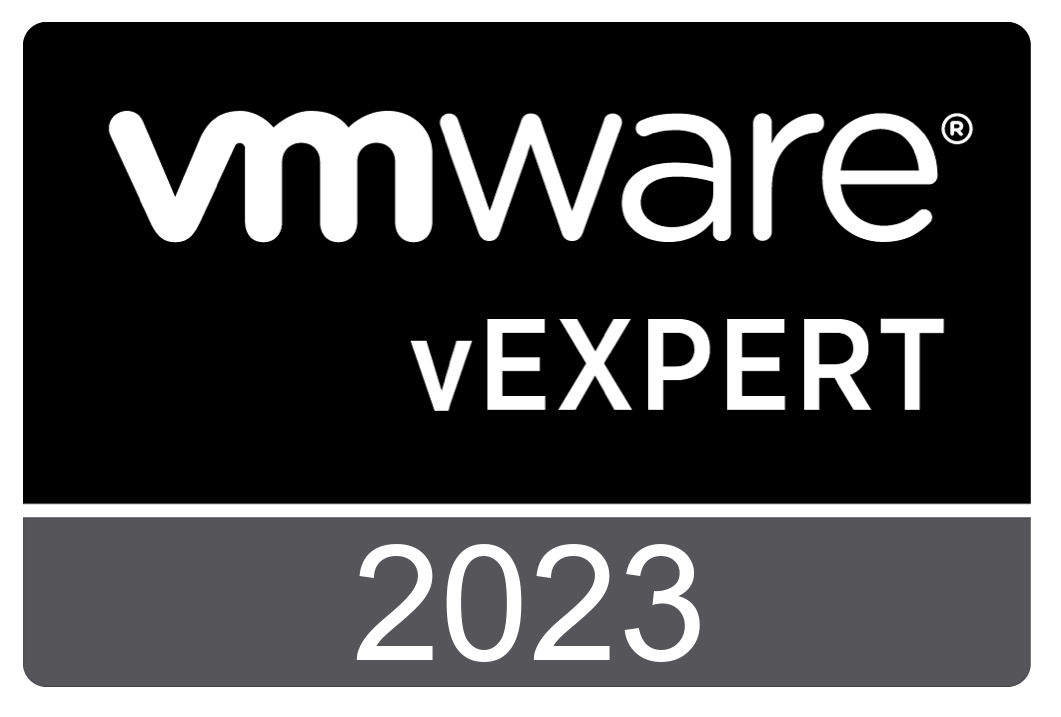
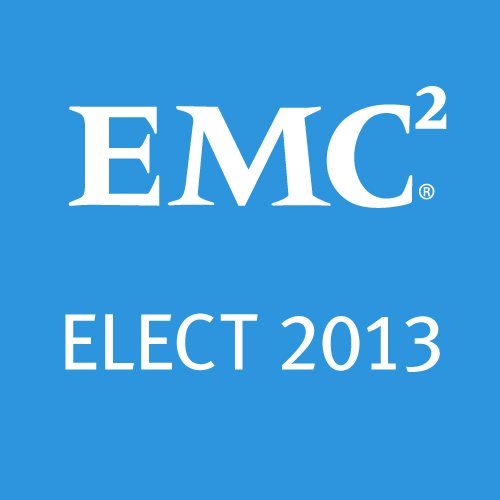
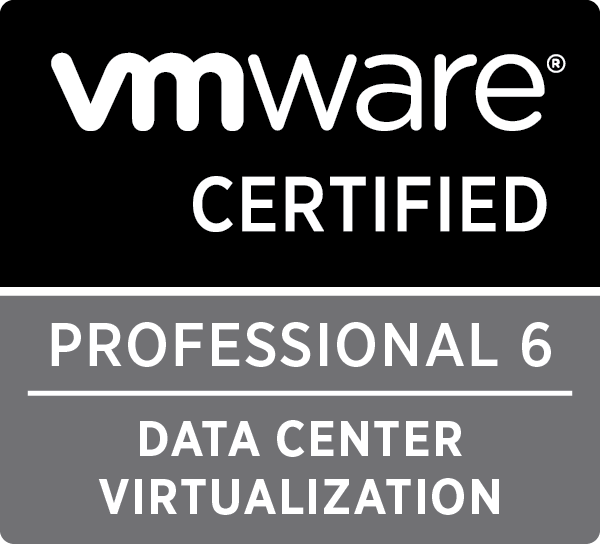


 Twitter
Twitter LinkedIn
LinkedIn RSS
RSS Youtube
Youtube Picasa
Picasa Email
Email
